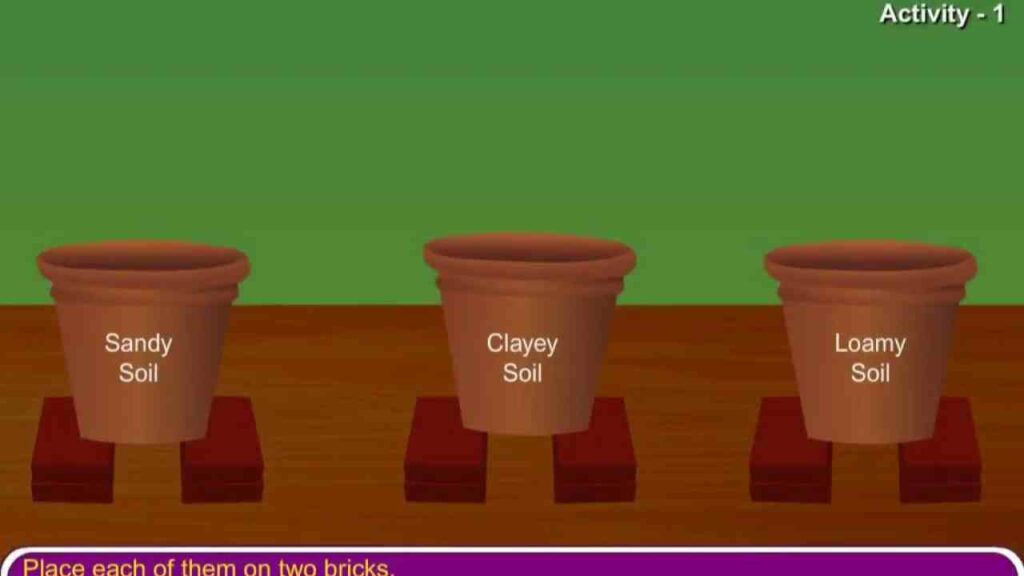
Explore 12 Difference between Clay Soil and Sandy Soil
Welcome to the fascinating world of soil! In this brief exploration, we’ll delve into the 12 difference between clay soil and sandy soil, uncovering the distinctive properties that shape their characteristics and influence the plants that thrive within their respective domains.
12 Difference between Clay Soil and Sandy Soil
When it comes to soil types, the difference between clay soil and sandy soil are numerous. From their physical properties to their suitability for cultivation, these two soil types exhibit distinctive characteristics that significantly impact plant growth and other environmental factors. Let’s explore the 12 key differences that set clay soil and sandy soil apart.
Particle Size: The most apparent distinction lies in particle size. Clay soil is composed of fine particles, while sandy soil comprises larger, coarse particles.
Water Holding Capacity: Clay soil has excellent water retention capabilities due to its compactness, while sandy soil drains water quickly, making it less effective at retaining moisture.
Aeration: Sandy soil provides ample aeration to plant roots due to its loose structure, while clay soil may suffer from poor aeration due to its denser composition.
Nutrient Content: Clay soil is typically rich in nutrients and minerals, making it fertile for plant growth. Conversely, sandy soil tends to be less nutrient-dense and requires regular fertilization.
Workability: Clay soil is often heavy and sticky when wet, making it challenging to work with. Sandy soil, on the other hand, is lighter and easier to cultivate.
Erosion Susceptibility: Sandy soil is prone to erosion due to its loose structure, while clay soil is less susceptible to erosion due to its compact nature.
Soil Temperature: Sandy soil warms up more quickly than clay soil, which can be advantageous for early planting and germination.
Compaction: Clay soil has a higher tendency to become compacted, leading to poor root penetration and drainage issues. Sandy soil remains less compacted and promotes better root growth.
Soil Cracking: During dry periods, clay soil tends to crack due to its shrinkage properties, whereas sandy soil doesn’t exhibit significant cracking.
Permeability: Sandy soil has high permeability, allowing water to infiltrate quickly. Clay soil has low permeability, causing water to move slowly through it.
Soil Structure: Clay soil has a more stable soil structure with smaller pore spaces, providing a better environment for microbial activity. Sandy soil has a looser structure with larger pore spaces.
Crop Suitability: Clay soil is suitable for moisture-loving plants like rice, while sandy soil is better for drought-tolerant crops such as cacti and succulents.
Understanding these difference between clay soil and sandy soil is vital for effective soil management and successful crop cultivation. Whether you’re a gardener, farmer, or environmental enthusiast, recognizing the unique qualities of each soil type will enable you to make informed decisions regarding irrigation, fertilization, and plant selection. So, embrace the diverse nature of our earth’s soils, and let your gardening endeavors flourish with the knowledge of these 12 dissimilarities.
Also Read: Key 12 Difference between Autotrophic and Heterotrophic Nutrition class 10